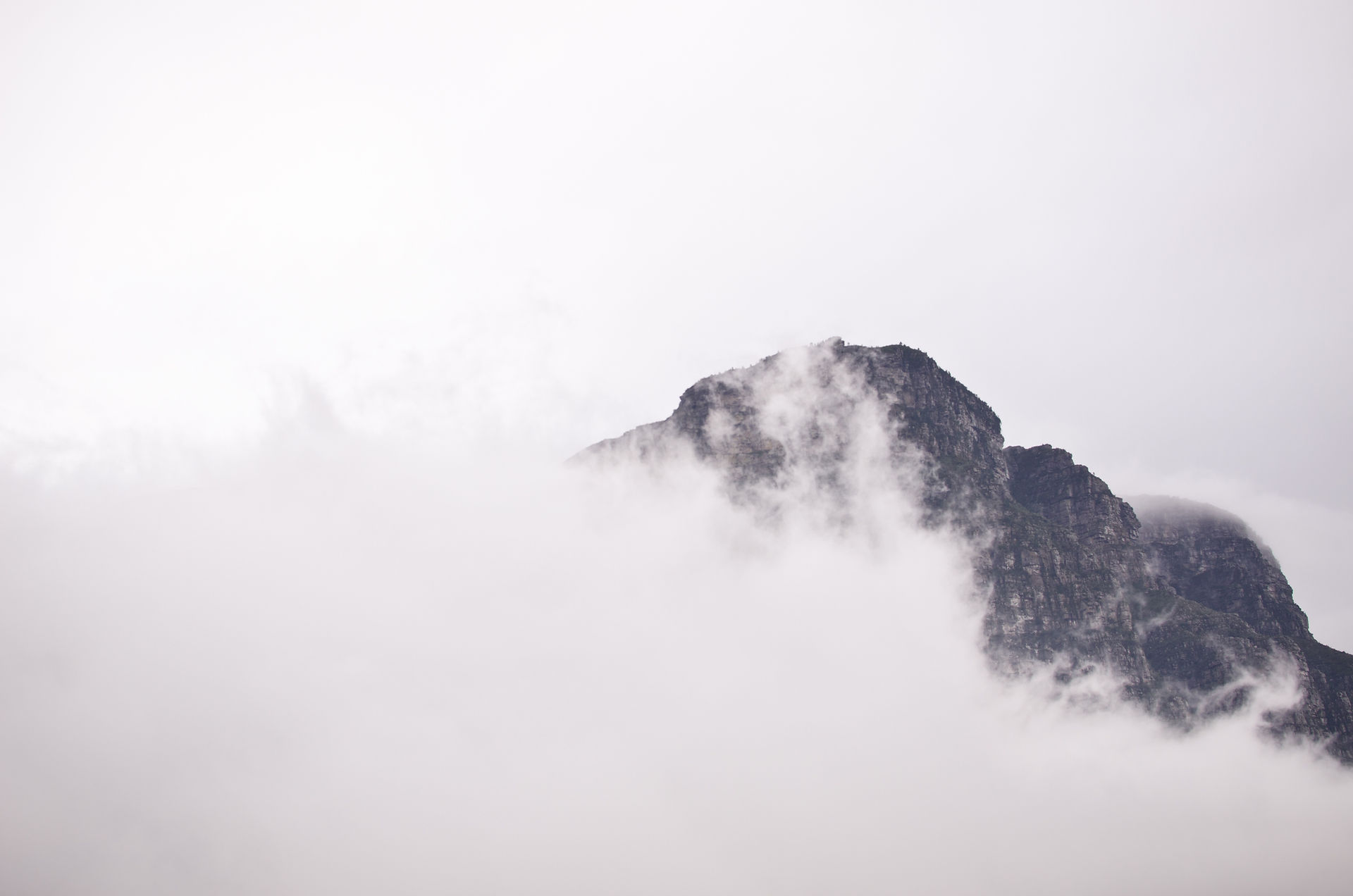



Svalbard
The impact of Cruise Tourism on the culture and economy of the Slavbard Islands
'Risky Business' is a term coined by the International arctic program in a report examining the impact of increasing levels of tourism in Svalbard. Cruise tourism is especially imposing and intrusive, leaving little privacy or untouched culture in the Svalbard islands of Norway. To many seasonal visitors the quaint and refined arctic culture is a spectacle so far from their own. Svalbard is frequented by both cruise liners as well as local businesses which rely on the tourist traffic to bring in trade, therefore is an excellent example of the pressures tourism can place on the environment.
It is unsurprising that tourists wish to go ashore and experience the islands for themselves, on Svalbard in particular it is integral to many of the activities organised by on board tour guides who offer customers an opportunity to enhance their knowledge of the differing genealogies and vegetation on and around the island. However while this may seem one of the less intrusive tourist activities due to many of the tour operators not being specially trained the most common concern raised is that much of the vegetation becomes trampled underfoot by ship passengers. The issue here is that the vegetation in tundra lands is highly sensitive and has adapted over centuries to the harsh climate and short summer season. Therefore when degraded, regrowth occurs extremely slowly and In many circumstanced does not grow back at all. Whilst this is only a fleeting issue for many tour operators, the people of Svalbard are left to cope with the damage left behind.
Svalbard encounters a dual threat in that not only are they faced with issues because of the increasing number or visits from Cruise tour ships, they are also a target for many large coal and oil contractors who are interested in the natural resources present underneath the ground. In response to this the government signed the Svalbard environmental protection act. The act 'deals with area protection, species management (flora and fauna), human artefacts, land-use plans, pollution, waste disposal, traffic and cabins' (The Governor of Svalbard, 2016). Established under the act were areas of environmental protection, such as new national parks glaciers and tundra vegetation which is not to be tampered with by industry or tourist ventures. In addition a new form of tourist tax has been implemented, meaning that tourists come to Svalbard are asked to contribute 150 NOK (the equivalent of almost $14) to the Svalbard Environmental Protection Fund which deals with the prevention and protection of degraded areas of natural importance (Prockosh, 2015).
Examples of homes in the town of Longyearbyen, Svalbard.
Administration Building of Svalbard
Examples of the dramatic scenery in Svalbard.